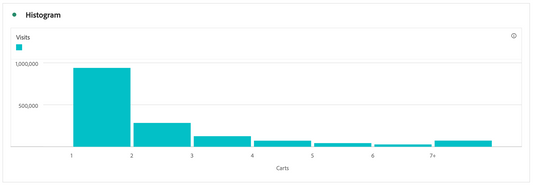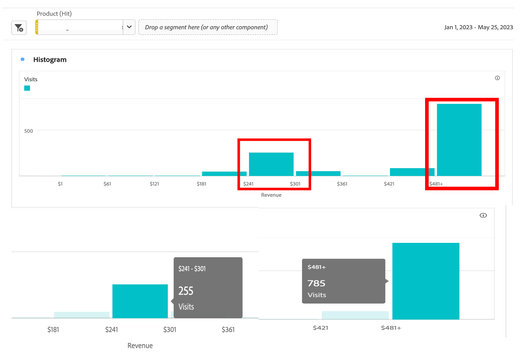The first preview of our new Community upgrade is live - check it out now.
Latest Articles
Organize your Data Collection: Tags Rules
925
9
1
Views
Likes
Replies
Edge Media Migration Basics
315
0
0
Views
Likes
Replies
Adobe Certification Masterclass Series : Adobe Analytics Business Practitioner Professional (AD0-E212)
870
1
11
Views
Like
Replies
How to Prevent Incomplete Data from Derailing your AMM Model
296
3
0
Views
Likes
Replies
OpenAI Atlas and Customer Journey Analytics: Navigating the New Era of AI-Driven Traffic
2.9K
4
2
Views
Likes
Replies
The Art of Data View Design: Catering to Different Analytical Needs in Adobe Customer Journey Analytics
1.4K
6
0
Views
Likes
Replies
Unlock the Power of Custom Datastreams for Your Mobile Apps: Elevate Your Data Collection Strategy
450
2
0
Views
Likes
Replies
Building Your Adobe Customer Journey Analytics Foundation: A Decision Framework for Connections and Data Views
1.5K
2
0
Views
Likes
Replies
Tracking and Analyzing LLM and AI-Generated Traffic in Adobe Customer Journey Analytics
8.6K
14
4
Views
Likes
Replies
Adobe Customer Journey Analytics Use Case Accelerator: A Four-Phase Framework for Analytics Success
4.4K
6
2
Views
Likes
Replies










You must be a registered user to add a comment. If you've already registered, sign in. Otherwise, register and sign in.